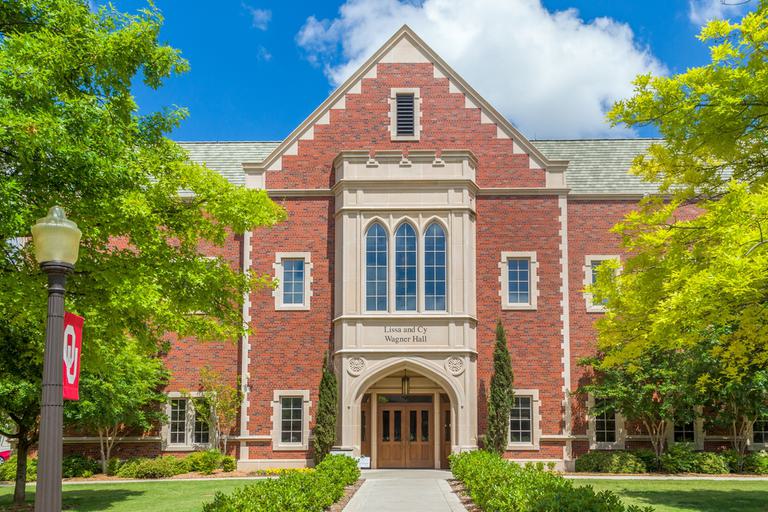
Higher Education
Neal McCluskey | May 18, 2017
In higher education, tuition often does more than replace lost appropriations
Neal McCluskey
No one disputes that the sticker price of college—what schools charge, not necessarily what students end up paying—has for decades been rising at a very fast clip. What analysts disagree about is why.
There are many possible explanations, but one that has a lot of adherents is that direct public support for colleges and universities, which is determined primarily by state, and to a lesser extent, local governments, has been in considerable decline. Schools have had to raise prices just to stay at level funding.
This explanation has problems. For one, it cannot be applied to private institutions, where prices have risen precipitously over the last 25 years. That said, prices at public four-year institutions and community colleges—especially the former—have risen faster than at private schools. Can these results be explained by declining direct support?
As I illustrated in a new paper—with breakdowns of appropriation and tuition-and-fee revenue for all 50 states—changes to direct subsidies are only part of the explanation, and that part varies from state to state. The nearby charts tell the story for Oklahoma.
In the aggregate, state and local support for higher education has risen over the last 25 years, and “cuts” mainly appear on a per-pupil basis because enrollment has increased significantly. Even then, for the average state only around 57 percent of annual increases in per pupil tuition and fee revenue covered per student drops in state and local appropriations—a far cry from the notion that colleges have had to raise prices just to keep their heads above water. And a potentially crucial underlying factor may help to explain the per pupil cuts: state policymakers may constrain appropriation increases because they know that aid to students, primarily through the federal government, allows students to pay more.
Neal McCluskey
Contributor
Neal McCluskey is the director of Cato’s Center for Educational Freedom. Prior to arriving at Cato, McCluskey served in the U.S. Army, taught high-school English, and was a freelance reporter covering municipal government and education in suburban New Jersey. More recently, he was a policy analyst at the Center for Education Reform. McCluskey is the author of the book Feds in the Classroom: How Big Government Corrupts, Cripples, and Compromises American Education, and his writings have appeared in such publications as the Wall Street Journal, the Washington Post, and Forbes. In addition to his written work, McCluskey has appeared on C-span, CNN, the Fox News Channel, and numerous radio programs. McCluskey holds an undergraduate degree from Georgetown University, where he double-majored in government and English, has a master’s degree in political science from Rutgers University, and has a PhD in public policy from George Mason University.